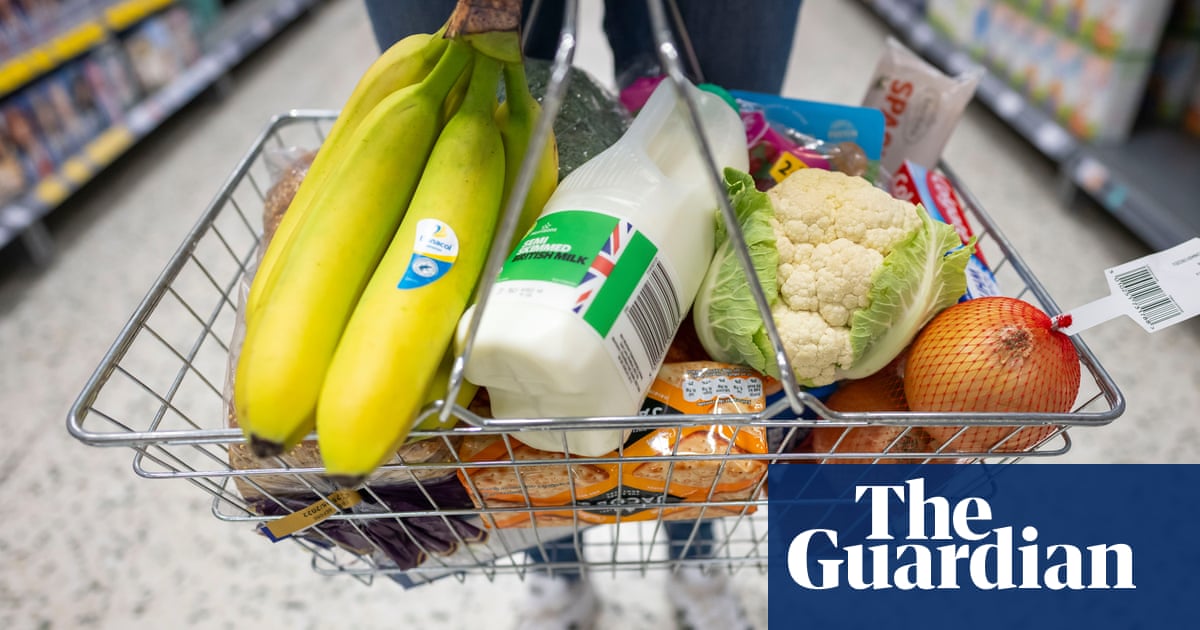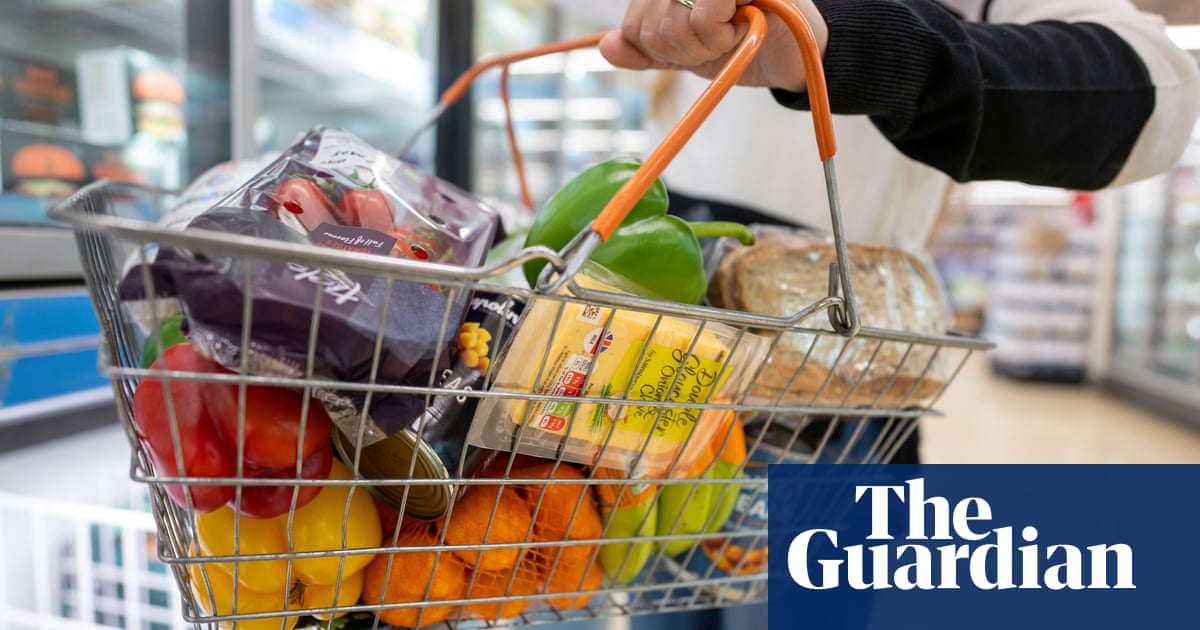
“Something has to give and if the milk price doesn’t give, then the producers will,” says Oxfordshire dairy farmer David Christensen in a stark assessment of the peril his industry is facing as soaring costs push farm finances into the red.
Christensen, whose family business manages a herd of about 1,000 cows, says costs were already going up as a result of the upheaval caused by the pandemic and Brexit, but the war in Ukraine has “turbocharged inflation to levels the like of which I’ve never seen in 30 years of farming”.
He is a member of Arla, Britain’s largest dairy co-operative, which has sounded the alarm as the financial squeeze forces UK milk production to fall – a trend that could threaten future milk supplies.
Ash Amirahmadi, the managing director of Arla Foods UK, said producing fresh milk had for some time been delivering “little to no profitability for farmers” but the situation was now acute as the Ukraine crisis stoked farm cost inflation.
“It is unsustainable,” he said. “The cost of producing milk is increasing like never before and our farmers are continuing to experience significant inflation. The risk of that is about the milk supply because farmers are now producing 4% less milk than they were a year ago, having had seven to eight years of growth.”
The most recent official figures show that over the past year the cost of a pint of milk has risen by 7p to 49p – a 17% increase. However, the price of milk in shops last year was lower than in 2012, even though production costs have increased.
The price that consumers pay is different to the amount farmers receive, and they are earning more than before. In the past year, Arla has increased its farm-gate prices by 31% to nearly 38p a litre, but costs are still marching upwards. Some supermarkets have direct contracts with farmers based on their own cost-of-production models; however, analysts suggest these contracts are not keeping up.
This surge in farm costs meant Arla customers, who include supermarkets and restaurant chains, would need to dig deeper to help farmers ride out the storm, Amirahmadi said.
“In the very short term, we need to put our arms around farmers and support them by paying them enough so that their costs are covered, to make sure the milk is flowing,” he said.
A dairy farmer’s main costs are feed, fuel and fertiliser and all have been subject to big price hikes. “Last year I was paying 62p or 63p for the diesel I use in the tractors; the last load I bought was £1.29,” says Christensen. “It’s come back a bit but, notwithstanding that, it is a huge increase.”
“Feed is my big cost and merchants are struggling to commit to a price for next winter, but are talking about at least a £100-a-tonne increase. I use in excess of 1,200 tonnes a year, if not more, so that’s a £120,000 increase.”
Proportionally, the cost of fertiliser has jumped the most, says Christensen, whose milk is sold as Tesco’s own brand. “I use urea fertiliser, and this time last year I was paying about £310 or £315 a tonne, but I’ve just got a price this morning and it is £930.” This would increase his fertiliser bill overa year by £60,000.
Faced with such a torrid picture, it is feared some farmers may consider quitting the industry. “These are big numbers,” says Christensen. “For many years we’ve absorbed smaller increases by becoming more efficient, by scaling – which is how we’ve coped with a deflationary milk price. The reality is when you get to these sort of numbers, you just can’t absorb those, so something has to give.”












